Home>diy>Building & Construction>How To Subcontract Construction Work


Building & Construction
How To Subcontract Construction Work
Modified: January 3, 2024
Learn how to effectively subcontract work in building construction, including tips for finding reliable subcontractors, negotiating contracts, and managing the subcontracting process.
(Many of the links in this article redirect to a specific reviewed product. Your purchase of these products through affiliate links helps to generate commission for Storables.com, at no extra cost. Learn more)
Introduction
Subcontracting is a common practice in the construction industry, where a contractor hires another company or individual to perform specific tasks or portions of the overall construction project. This strategic approach allows contractors to leverage specialized expertise, save time, and increase efficiency. By subcontracting work in construction, contractors can focus on their core competencies while ensuring that all aspects of the project are executed to the highest standards.
In this article, we will explore the ins and outs of subcontracting in construction. We will discuss its benefits, how to select the right subcontractors, and how to manage subcontractor relationships effectively. Whether you are a contractor looking to outsource certain tasks or a subcontractor seeking to collaborate with construction companies, this guide will provide you with valuable insights and tips.
It is important to note that subcontracting work in construction requires careful planning, thorough communication, and open collaboration. Building strong relationships with subcontractors is crucial for the success of any construction project. By following the best practices outlined in this article, you can streamline your subcontracting processes and ensure that your construction projects are completed to the highest standard within the specified timeframe.
Key Takeaways:
- Subcontracting in construction offers benefits such as specialized expertise, cost savings, and enhanced project efficiency. Effective communication, collaboration, and monitoring are crucial for successful subcontractor management.
- Selecting the right subcontractors, establishing clear payment processes, and resolving disputes amicably are essential for successful subcontractor management in construction projects. Open communication, collaboration, and continuous improvement contribute to positive project outcomes.
Read more: How Does Subcontracting Work In Construction
Understanding Subcontracting in Construction
In the construction industry, subcontracting refers to the practice of hiring third-party companies or individuals to complete specific tasks or portions of a construction project. These tasks can range from specialized trades, such as plumbing or electrical work, to general labor, such as demolition or site cleanup.
Subcontracting is a common practice in construction for several reasons. First, it allows contractors to tap into the expertise and skills of specialized subcontractors who may have more experience in a particular area. This ensures that every aspect of the project is executed to the highest standard. Second, subcontracting enables contractors to optimize their resources and focus on their core competencies, such as project management and coordination.
Subcontractors are typically specialists in their respective trades and are hired by the general contractor to perform specific tasks or provide specific services on the construction project. They often have their own teams, equipment, and tools to carry out the work assigned to them. However, they work under the overall supervision and direction of the general contractor.
When subcontracting work in construction, it is essential to clearly define the scope of work for each subcontractor and establish clear lines of communication and accountability. This ensures that everyone involved is on the same page and that the project progresses smoothly.
It is important to note that subcontractors are typically separate legal entities from the general contractor. This means that they are responsible for their own workers, insurance, licenses, and other legal obligations. The general contractor is responsible for overseeing the subcontractors’ work and ensuring that it meets the project’s specifications and quality standards.
Subcontracting in construction is a collaborative process that requires effective communication, coordination, and trust between the general contractor and subcontractors. By leveraging the expertise of specialized subcontractors, contractors can deliver high-quality construction projects on time and within budget.
Benefits of Subcontracting
Subcontracting work in construction offers numerous advantages for contractors and subcontractors alike. Let’s explore some of the key benefits:
- Specialized Expertise: Subcontracting allows contractors to tap into the specialized skills and expertise of subcontractors. These subcontractors have specific knowledge and experience in their respective trades, ensuring that the work is performed at a high level of quality and efficiency.
- Cost Savings: Subcontracting can be a cost-effective solution for construction projects. Hiring subcontractors eliminates the need for a contractor to maintain a large workforce for every trade or task. This reduces labor costs, as subcontractors are typically responsible for their own employees and related expenses.
- Flexibility and Scalability: Subcontracting enables contractors to quickly scale their workforce based on project requirements. They can easily bring in additional subcontractors for specific tasks or adjust the number of subcontractors as needed. This flexibility allows contractors to efficiently manage project timelines and deliverables.
- Time Efficiency: By subcontracting specialized tasks, contractors can save time and streamline project completion. Subcontractors have the knowledge and experience to efficiently carry out their specific tasks, allowing the contractor to focus on other aspects of the project.
- Risk Mitigation: Subcontracting can help mitigate certain risks associated with construction projects. Contractors can assign highly skilled subcontractors to areas that require technical expertise or compliance with specific regulations. This reduces the risk of errors, delays, and potential legal issues.
- Increased Productivity: By subcontracting certain tasks, contractors can optimize their own workforce and focus on their core competencies. This enhances productivity as each team can concentrate on their specialized areas, leading to a more efficient and cohesive project execution.
- Enhanced Quality: Subcontracting allows contractors to bring in specialists who are well-versed in their respective trades. This expertise ensures that the work is completed to a high standard, in compliance with industry regulations, and meets the project’s quality requirements.
- Industry Networking: Subcontracting provides an opportunity for contractors to build relationships and network with subcontractors. This can lead to future collaborations and a wider pool of trusted subcontractors to choose from for future projects.
Overall, subcontracting in construction offers a range of benefits, including access to specialized skills, cost savings, flexibility, risk reduction, and improved project efficiency. It allows contractors to leverage the expertise of subcontractors, enhance quality, and optimize their resources, resulting in successful construction projects.
Selecting the Right Subcontractors
Choosing the right subcontractors for your construction project is a crucial decision that can greatly impact its success. Here are some key considerations to keep in mind when selecting subcontractors:
- Experience and Expertise: Look for subcontractors with a proven track record and extensive experience in the specific trade or task you need. They should have a strong understanding of industry standards, regulations, and best practices. Assess their expertise by reviewing past projects, client testimonials, and certifications.
- Reputation and References: Research the subcontractors’ reputation in the industry. Seek referrals and references from other contractors or clients who have worked with them in the past. They can provide valuable insights into their reliability, professionalism, and quality of work.
- Financial Stability: It is important to ensure that subcontractors have financial stability. Request financial information, such as their current financial standing and payment history with other clients. This helps minimize the risk of subcontractor default or delayed payments.
- Licensing and Insurance: Verify that subcontractors hold the necessary licenses, permits, and certifications required for their trade. They should also have comprehensive liability insurance coverage to protect against any unforeseen accidents or damages on the job site.
- Capacity and Resources: Assess the subcontractors’ capacity to handle your project. Consider their availability, workforce, equipment, and project load. Ensure they have the necessary resources to complete the work within the specified time frame without compromising quality.
- Communication and Collaboration: Effective communication and collaboration are essential for successful subcontractor relationships. Assess their communication skills, responsiveness, and willingness to work as part of a team. Look for subcontractors who are open to feedback, proactive in problem-solving, and committed to meeting project goals.
- Price and Value: While price is an important factor, it shouldn’t be the sole determining factor. Evaluate subcontractor proposals based on their overall value, including quality, reliability, reputation, and expertise. A well-established subcontractor may have higher rates but can provide better quality and peace of mind.
- Contracts and Agreements: Once you have selected subcontractors, it is crucial to establish clear contracts and agreements. The contract should outline the scope of work, project timeline, payment terms, insurance requirements, and any specific regulations or standards to be followed.
By carefully considering these factors, you can select the right subcontractors who align with your project goals, values, and standards. Establishing strong partnerships with reliable subcontractors ensures efficient project execution, minimizes risks, and delivers high-quality results.
Preparing a Subcontractor Agreement
Once you have selected the right subcontractor for your construction project, it is essential to prepare a subcontractor agreement. This legally-binding contract ensures that both parties clearly understand their rights, responsibilities, and obligations. Here are some important elements to include in a subcontractor agreement:
- Scope of Work: Clearly define the scope of work to be performed by the subcontractor. Specify the tasks, deliverables, and project milestones. Outline any specific requirements, standards, or regulations that the subcontractor must adhere to.
- Project Schedule: Include a detailed timeline and schedule for the subcontractor’s work. Specify the start and end dates, as well as any interim milestones. This helps ensure that the project stays on track and all parties are aware of the expected timelines.
- Payment Terms: Clearly state the payment terms in the agreement. Include the subcontractor’s compensation structure, invoice submission and approval process, and payment schedule. Specify any retainage or penalties for late completion or deviations from the agreed-upon scope of work.
- Insurance and Liability: Specify the insurance coverage required for the subcontractor, including general liability, workers’ compensation, and property insurance. Outline who is responsible for any damages or accidents that occur during the subcontractor’s work.
- Change Orders: Define the process for handling change orders. Specify that any changes to the scope of work must be documented in writing and approved by both parties. Include provisions for adjusting the project schedule and payment terms when changes occur.
- Confidentiality and Non-Disclosure: Include provisions to protect sensitive project information and client confidentiality. Ensure that subcontractors understand their obligations to maintain confidentiality and not share proprietary information.
- Dispute Resolution: Outline a process for resolving disputes. Consider including a clause that requires mediation or arbitration before pursuing legal action. This helps to prevent costly disputes and promotes a more collaborative approach to conflict resolution.
- Termination: Include provisions that specify under what circumstances the agreement can be terminated, as well as the notice period required. Clearly outline the rights and responsibilities of both parties in the event of termination.
It is important to note that subcontractor agreements should be reviewed by legal professionals to ensure compliance with local laws and regulations. Each construction project may have unique requirements, so tailor the subcontractor agreement to meet the specific needs of your project.
By preparing a comprehensive subcontractor agreement, you establish a clear understanding between you and the subcontractor. This minimizes misunderstandings, protects both parties’ interests, and promotes a successful working relationship throughout the duration of the project.
Read more: How To Work In Construction
Managing Subcontractor Relationships
Effective management of subcontractor relationships is crucial for the successful execution of construction projects. Here are some key strategies to help you manage subcontractor relationships:
- Clear Communication: Establish open lines of communication with subcontractors from the outset. Regularly communicate project expectations, updates, and any changes to the scope of work. Encourage subcontractors to ask questions and clarify any uncertainties to prevent misunderstandings.
- Collaboration and Teamwork: Foster a collaborative environment where subcontractors feel like valued members of the project team. Encourage cooperation and teamwork between subcontractors and your own employees. Promote a culture of mutual respect and shared goals.
- Regular Meetings: Conduct regular progress meetings with subcontractors to discuss project status, address any concerns or issues, and ensure that everyone is aligned. These meetings provide an opportunity to review timelines, address challenges, and make necessary adjustments.
- Documentation and Record-Keeping: Maintain accurate documentation of all communication, agreements, change orders, and any other project-related information. This ensures a clear audit trail for future reference and dispute resolution.
- Quality Assurance: Regularly monitor and inspect subcontractor work to ensure that it meets the required quality standards. Address any issues promptly and constructively, providing feedback and guidance as needed. Set clear expectations for quality and enforce them consistently.
- Timely Payments: Adhere to the agreed-upon payment schedule and promptly process subcontractor invoices. Timely payments build trust and maintain healthy subcontractor relationships. Establish clear protocols for submitting and approving invoices to avoid delays or disputes.
- Performance Evaluation: Periodically evaluate subcontractor performance based on pre-defined criteria such as quality, timeliness, and professional conduct. Provide constructive feedback and recognition for a job well done. This helps foster continuous improvement and accountability.
- Conflict Resolution: Address conflicts or disputes with subcontractors promptly and professionally. Engage in open dialogue, actively listen to their concerns, and work towards a mutually beneficial resolution. Seek mediation or arbitration if necessary to maintain a positive working relationship.
- Long-Term Relationships: Develop long-term relationships with reliable subcontractors who consistently deliver quality work. Nurture these relationships by offering repeat business, providing referrals, and recognizing subcontractors’ contributions to the success of the project.
- Continuous Improvement: Reflect on each project’s subcontractor management experience to identify areas for improvement. Seek feedback from subcontractors and adapt your processes to better meet their needs. Continuous improvement strengthens subcontractor relationships and enhances project outcomes.
By following these strategies, you can effectively manage subcontractor relationships, foster a collaborative environment, and optimize project performance. Building strong subcontractor relationships not only enhances project efficiency and quality but also contributes to a positive and supportive construction ecosystem.
When subcontracting work in construction, always thoroughly vet potential subcontractors by checking references, past work, and qualifications to ensure they are reliable and capable of completing the job to your standards.
Communication and Collaboration with Subcontractors
Effective communication and collaboration with subcontractors are essential for the smooth execution of construction projects. By establishing clear lines of communication and fostering a collaborative environment, you can maximize productivity, reduce conflicts, and ensure project success. Here are some key strategies for effective communication and collaboration with subcontractors:
- Establish Open Channels of Communication: From the beginning of the project, establish open lines of communication with subcontractors. Clearly communicate your expectations, project goals, and timelines. Encourage subcontractors to provide regular updates on their progress and any challenges they may face.
- Utilize Multiple Communication Methods: Utilize various communication tools and methods to ensure effective communication with subcontractors. This can include in-person meetings, phone calls, emails, project management software, and collaboration platforms. Tailor your approach to the preferences and needs of the subcontractors.
- Regular Project Meetings: Conduct regular project meetings with subcontractors to discuss progress, address any issues or conflicts, and ensure alignment. These meetings provide an opportunity to review project milestones, coordinate efforts, and make necessary adjustments. Encourage subcontractors to actively participate and share their insights.
- Clear and Consistent Documentation: Document all project-related information, including contracts, agreements, change orders, and other important communications. This documentation serves as a reference point and ensures that everyone is on the same page. Use a centralized system or project management software to store and share documents with subcontractors.
- Promptly Address Concerns: Actively listen to subcontractors’ concerns and address them promptly and professionally. Encourage subcontractors to raise any issues they may encounter, allowing for quick resolution and preventing them from escalating. Regular communication helps build trust and fosters a collaborative environment.
- Encourage Collaboration: Foster a collaborative culture by encouraging subcontractors to work together and share their expertise. Create opportunities for subcontractors to collaborate on specific tasks or phases of the project. This can lead to increased efficiency, problem-solving, and the sharing of best practices.
- Respect and Appreciate Contributions: Recognize the contributions of subcontractors to the project’s success. Show appreciation for their hard work and expertise. Acknowledge their achievements and publicly recognize their efforts within the project team.
- Engage in Two-Way Communication: Communication should not only be top-down but also encourage subcontractors to provide input and feedback. Actively seek their suggestions, ideas, and insights. This collaborative approach creates a sense of ownership and empowers subcontractors to contribute to the project’s success.
- Provide Clear Feedback: Regularly provide feedback on subcontractor performance. Recognize achievements and provide constructive criticism when improvements or adjustments are needed. Effective feedback helps subcontractors understand expectations and fosters a culture of continuous improvement.
- Resolve Conflicts Amicably: In the event of conflicts or disputes, aim to resolve them amicably and promptly. Engage in open dialogue, actively listen to all parties involved, and seek mutually-beneficial solutions. Swift resolution helps maintain positive relationships and keeps the project on track.
By implementing these strategies, you can establish effective communication and collaboration with subcontractors, creating a collaborative environment that promotes teamwork and project success. Clear and consistent communication builds trust, reduces misunderstandings, and ensures that everyone is working towards common project goals.
Monitoring Subcontractor Performance
Monitoring subcontractor performance is crucial for ensuring the successful execution of construction projects. By closely monitoring their work, you can identify any issues or areas of improvement, address them promptly, and maintain project timelines and quality standards. Here are some key strategies for effectively monitoring subcontractor performance:
- Establish Clear Performance Metrics: Define clear performance metrics and expectations for subcontractors based on project requirements and industry standards. These metrics could include quality of work, adherence to schedules, meeting project milestones, and compliance with safety regulations.
- Regular Site Inspections: Conduct regular site inspections to assess subcontractor performance. Regularly visit the worksite to observe the quality of work, adherence to project plans, and compliance with safety protocols. Document any observations or findings and address any issues with subcontractors promptly.
- Documentation and Record-Keeping: Maintain detailed documentation of subcontractor performance, including progress reports, quality control checklists, and any incidents or delays that may occur. This documentation provides evidence of subcontractor compliance and helps identify any recurring patterns or issues.
- Communication and Feedback: Establish open lines of communication with subcontractors to provide feedback and address any performance-related concerns. Regularly communicate expectations and provide constructive feedback on their work. Offer guidance and support in areas that may need improvement and recognize their achievements.
- Performance Evaluations: Conduct periodic performance evaluations to assess subcontractor performance against predefined metrics. Evaluate their ability to meet project milestones, deliver quality work, and adhere to safety guidelines. Provide written evaluations and offer suggestions for improvement when necessary.
- Timely Issue Resolution: Address any performance-related issues or concerns with subcontractors promptly and professionally. Engage in open dialogue to understand the root causes of the issues and collaboratively develop solutions. Swift resolution helps prevent further delays or impacts on the project.
- Continuous Improvement: Regularly review subcontractor performance and identify areas for improvement. Consider implementing feedback loops, where subcontractors are encouraged to provide suggestions for enhancing project efficiency and quality. Actively seek their input and incorporate best practices into future projects.
- Contract Compliance: Ensure that subcontractors are meeting all contractual obligations, including insurance coverage, licensing requirements, and compliance with applicable regulations. Regularly review and verify compliance to mitigate risks and maintain legal and operational standards.
- Reward and Recognition: Recognize and reward subcontractors for outstanding performance, such as completing tasks ahead of schedule, maintaining high-quality work, and demonstrating a strong commitment to safety. Publicly acknowledge their contributions, both within the project team and to the client, to foster positive relationships and motivate subcontractors.
- Terminate Non-Performing Subcontractors: In cases where subcontractors consistently fail to meet performance expectations or exhibit a lack of professionalism, consider terminating their contracts. Prioritize project success and maintain high standards of work by replacing non-performing subcontractors with more reliable and capable alternatives.
By implementing these strategies, you can effectively monitor subcontractor performance, address any issues promptly, and maintain project timelines and quality standards. Regular monitoring and proactive communication contribute to successful project completion and the development of strong subcontractor relationships.
Payment and Invoicing for Subcontracted Work
Establishing a smooth and transparent payment process is crucial for managing subcontracted work in construction. Accurate and timely payments to subcontractors not only maintain positive relationships but also ensure the successful completion of construction projects. Here are some key considerations for payment and invoicing:
- Clear Payment Terms: Define clear payment terms in the subcontractor agreement. Clearly state the payment schedule, including milestones or phases for payment, and the acceptable payment methods. Discuss and agree upon these terms with subcontractors before the start of the project.
- Invoicing Guidelines: Provide subcontractors with detailed guidelines for submitting invoices. Specify the required information, such as project name, task description, agreed-upon rates, and any supporting documentation needed. Establish a standard format for invoices to ensure consistency and easy review.
- Accurate and Detailed Invoices: Encourage subcontractors to submit accurate and detailed invoices. This helps avoid payment delays caused by missing or incorrect information. Invoices should clearly outline the work performed, quantities, rates, and any additional costs or change orders.
- Consistent Review and Approval Process: Implement a consistent review and approval process for subcontractor invoices. Designate a responsible person or team to verify the accuracy of the invoices, ensuring they align with the subcontractor agreement and project milestones. Promptly address any discrepancies or issues that arise during the review process.
- Timely Invoice Processing: Process subcontractor invoices in a timely manner, adhering to the agreed-upon payment schedule. Promptly review and approve invoices to avoid unnecessary delays. Set up efficient systems for invoice processing and ensure that the necessary funds are available to make timely payments.
- Retainage: Consider implementing a retainage policy, which refers to a portion of the subcontractor’s payment that is withheld until the project is complete. Retainage ensures that subcontractors fulfill their obligations and can serve as a form of security. Clearly communicate the retainage percentage and release terms in the subcontractor agreement.
- Transparency and Communication: Maintain transparent and open communication with subcontractors regarding payment status. Provide regular updates on the progress of invoice review and payment processing. Clear communication helps build trust and minimizes misunderstandings or concerns regarding payment-related matters.
- Resolve Payment Disputes Promptly: If any payment disputes or discrepancies arise, address them promptly and professionally. Engage in open dialogue to understand the root cause and work towards a mutually agreeable resolution. Prompt resolution of payment disputes helps maintain positive subcontractor relationships.
- Track Payments and Expenses: Keep meticulous records of all payments made to subcontractors. This includes invoices, payment dates, amounts paid, and any additional expenses incurred. Accurate tracking helps with financial management, budgeting, and serves as a reference for future projects.
- Continuous Improvement: Regularly review and evaluate your payment and invoicing processes to identify areas for improvement. Solicit feedback from subcontractors and implement changes to enhance efficiency and address any recurring issues. Continuously improving the payment process helps build stronger relationships with subcontractors.
By implementing these strategies, you can establish a smooth payment and invoicing process for subcontracted work. Prompt and accurate payments foster positive relationships with subcontractors, encourage their commitment to the project, and contribute to the successful completion of construction projects.
Read more: Why Work In Construction
Resolving Disputes with Subcontractors
Although effective communication and collaboration are crucial for successful construction projects, disputes with subcontractors may still arise. Resolving these disputes in a timely and fair manner is crucial to maintain project progress and positive subcontractor relationships. Here are some key strategies for resolving disputes with subcontractors:
- Open Dialogue: Engage in open and honest dialogue with subcontractors to understand their concerns and perspectives. Encourage active listening and ensure that all parties have an opportunity to express their viewpoints. This helps in identifying the root cause of the dispute and finding a resolution.
- Mediation: Consider engaging a neutral third-party mediator to facilitate discussions and support dispute resolution. A mediator can assist in finding common ground, exploring creative solutions, and promoting effective communication between the parties involved. Mediation can help foster mutually agreeable resolutions and maintain working relationships.
- Documented Contract Terms: Review the subcontractor agreement and any relevant documents to determine the agreed-upon terms and obligations. Clearly identify the areas of dispute and refer to the documentation to support your statements. This serves as a reference point in resolving disagreements based on the contractual terms.
- Good Faith Negotiation: Approach the resolution process with a willingness to negotiate and find a mutually satisfactory solution. Consider the interests and concerns of all parties involved and explore potential compromises. Maintaining a cooperative and respectful approach helps foster a constructive environment for resolution.
- Legal Consultation: When necessary, seek legal advice from professionals experienced in construction law to understand your rights and obligations. They can provide guidance on the appropriate steps to take and help navigate any complex legal issues that may arise during the dispute resolution process.
- Propose Alternative Solutions: Explore alternative solutions that may address the concerns of both parties. Brainstorm creative ideas that could potentially resolve the dispute in a manner that is mutually acceptable and beneficial. This can involve revisiting project plans, adjusting timelines, or reallocating resources as necessary.
- Written Agreements: If a resolution is reached, document the agreement in writing to ensure clarity and avoid potential future disputes. Clearly outline the agreed-upon terms, responsibilities, and any necessary modifications to the original subcontractor agreement. All parties involved should sign and retain a copy of the written agreement.
- Learn from the Dispute: Reflect upon the dispute and the factors that contributed to it. Identify any areas for improvement in communication, contract management, or project planning to prevent similar disputes from arising in the future. Implement changes and lessons learned to enhance future subcontractor relationships and project outcomes.
- Maintain Professionalism: Throughout the dispute resolution process, maintain a professional and respectful demeanor. Avoid personal attacks or escalating the conflict. Focus on finding a fair and practical resolution that promotes project progress and protects the interests of all parties involved.
- Preservation of Working Relationships: Even in challenging situations, strive to preserve working relationships with subcontractors. Successful resolution of disputes can lead to a stronger and more cooperative working relationship for future projects. Maintain open communication and demonstrate willingness to collaborate going forward.
By following these strategies, construction professionals can effectively resolve disputes with subcontractors while protecting project timelines and relationships. A proactive and collaborative approach to dispute resolution contributes to successful project completion and sets the stage for future collaborations.
Conclusion
Subcontracting work in construction can offer several benefits, including access to specialized expertise, cost savings, flexibility, and improved project efficiency. However, effectively managing subcontractor relationships is key to maximizing these benefits. Clear communication, collaboration, and monitoring of subcontractor performance are crucial for successful project execution.
Understanding subcontracting in construction involves recognizing the importance of specialized skills and experience that subcontractors bring to the table. By leveraging their expertise, contractors can deliver high-quality projects while optimizing their resources. Establishing clear lines of communication, setting expectations, and fostering a collaborative environment are essential for effective subcontractor management.
Selecting the right subcontractors is a critical step in the construction process. Consider factors such as experience, reputation, financial stability, and the ability to meet project requirements. Building strong subcontractor relationships requires open and transparent communication, regular meetings, and clear documentation of project expectations.
The payment and invoicing process must be well-defined and transparent. Clear payment terms, accurate and detailed invoicing, and prompt invoice processing contribute to healthy subcontractor relationships. Resolving payment disputes promptly and fairly ensures smooth project progress and maintains trust between all parties involved.
Monitoring subcontractor performance is essential to ensure adherence to project requirements, schedules, and quality standards. Regular site inspections, performance evaluations, and timely issue resolution help mitigate risks and achieve project success. Continuously reviewing and improving your processes enhances subcontractor relationships and project outcomes.
In the event of disputes with subcontractors, open dialogue, mediation, and a good faith negotiation approach can lead to mutually satisfactory resolutions. Legal consultation, when necessary, can provide guidance on the appropriate steps to take in complex situations. Learning from disputes and preserving working relationships contribute to enhanced project collaboration in the future.
In conclusion, subcontracting in construction is an essential practice that offers numerous benefits to contractors and subcontractors. Effective communication, collaboration, and dispute resolution are key to successful subcontractor management. By implementing best practices and maintaining positive subcontractor relationships, construction professionals can deliver high-quality projects on time and within budget.
Frequently Asked Questions about How To Subcontract Construction Work
Was this page helpful?
At Storables.com, we guarantee accurate and reliable information. Our content, validated by Expert Board Contributors, is crafted following stringent Editorial Policies. We're committed to providing you with well-researched, expert-backed insights for all your informational needs.
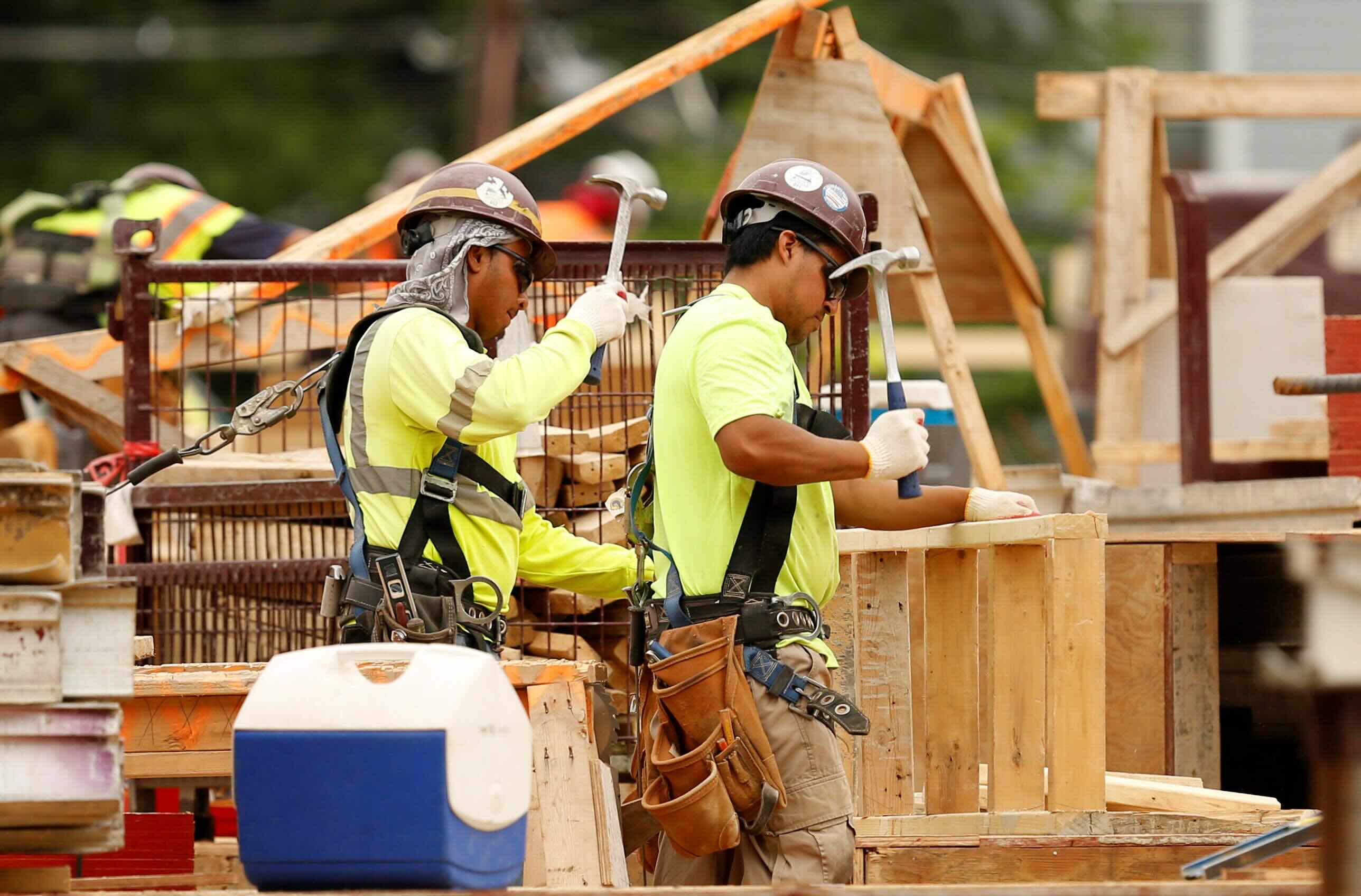
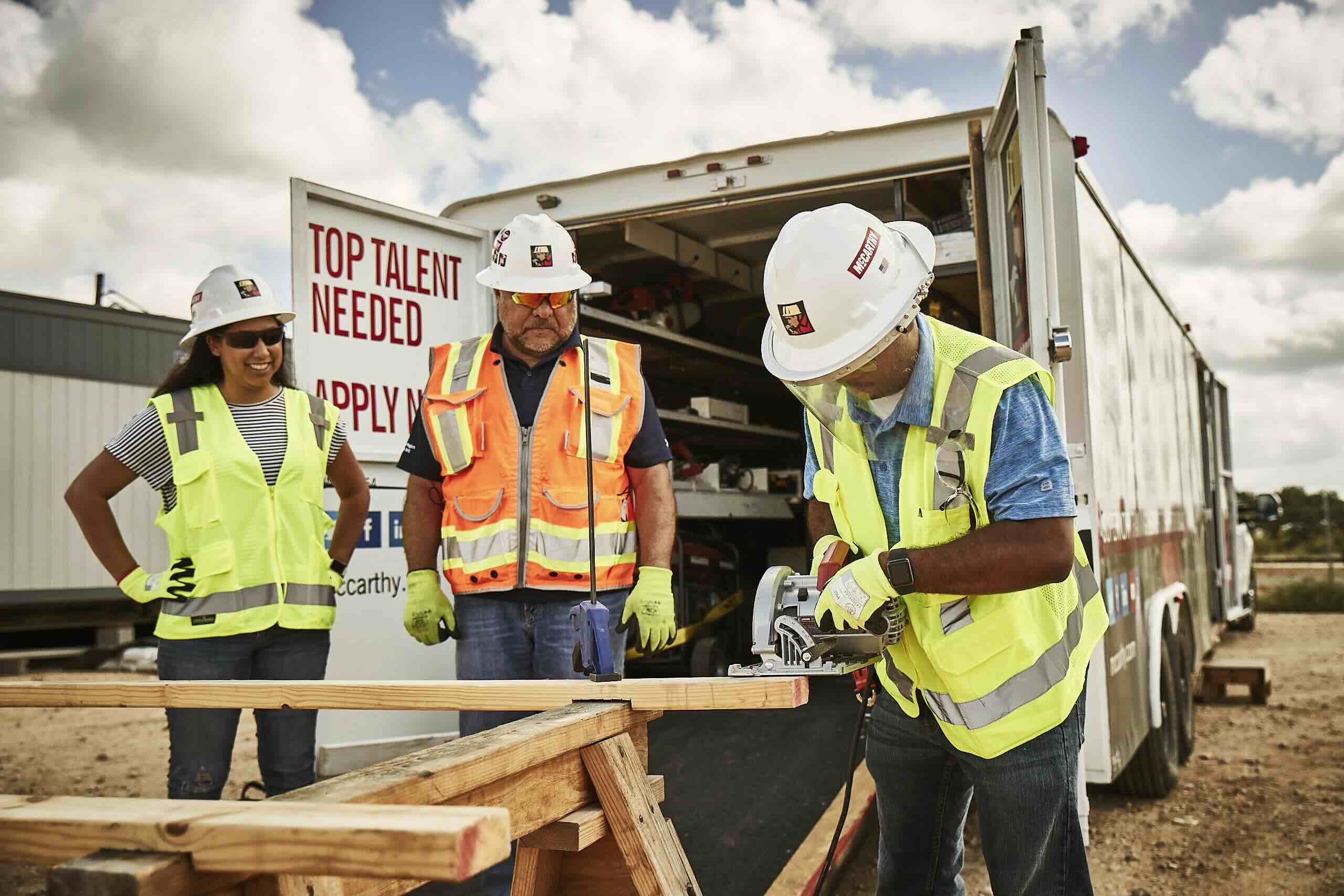
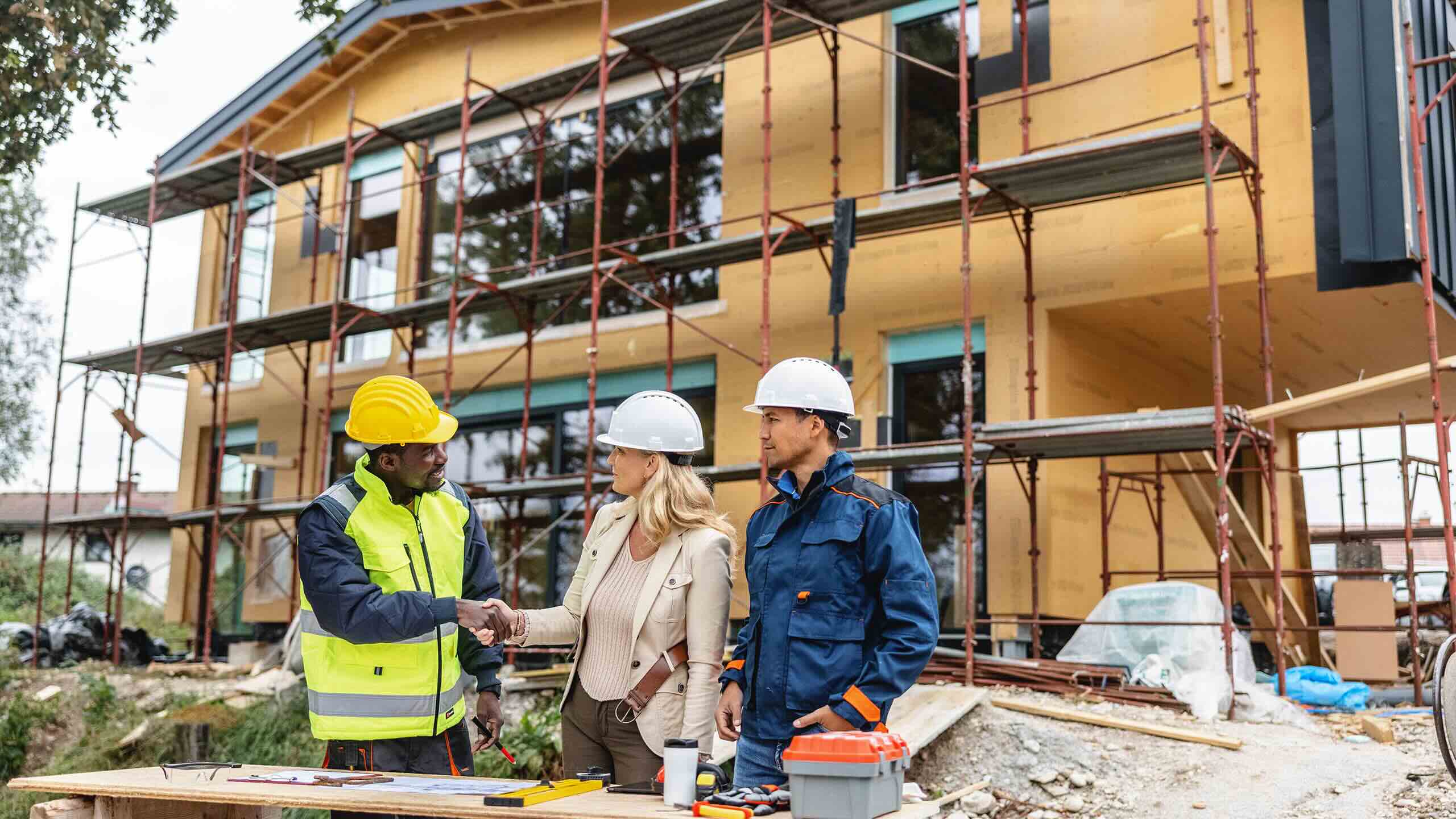


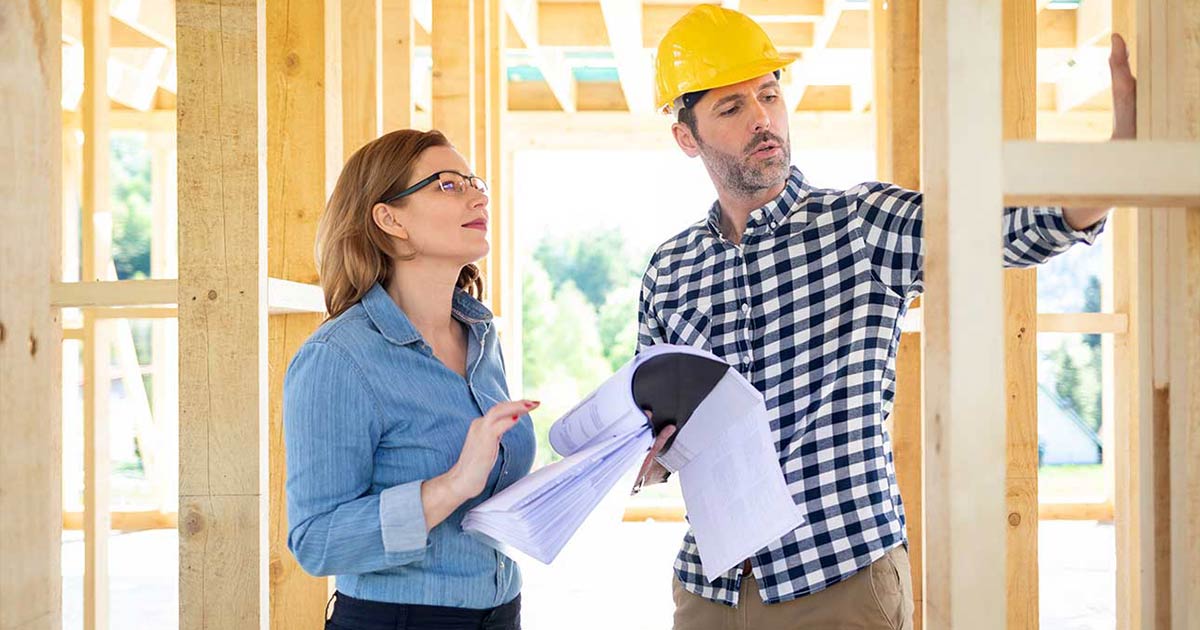


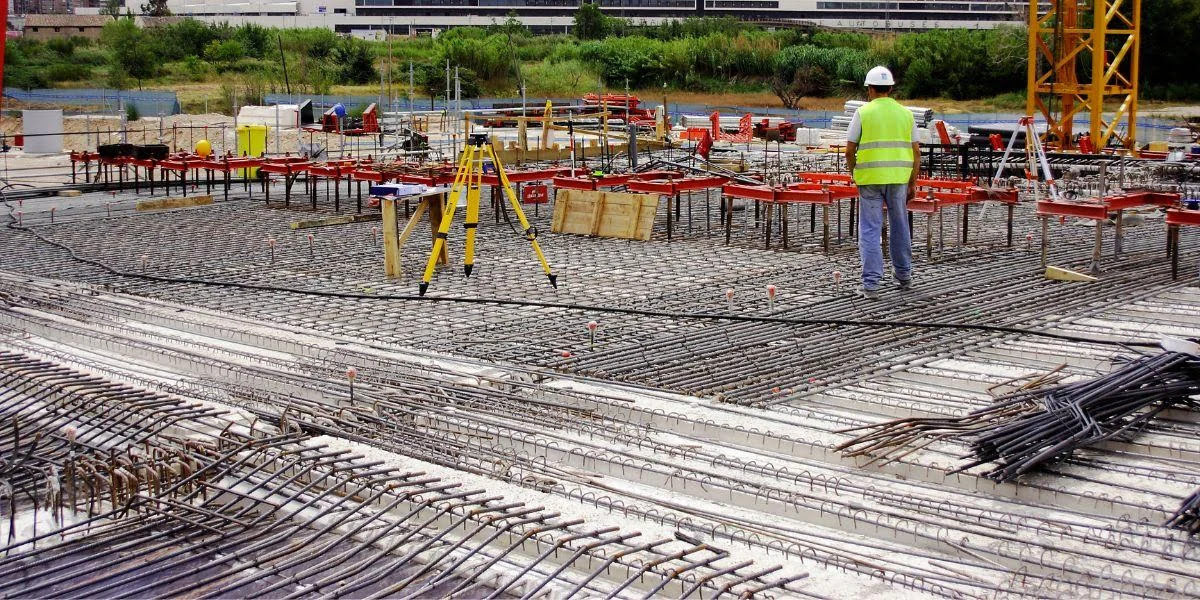

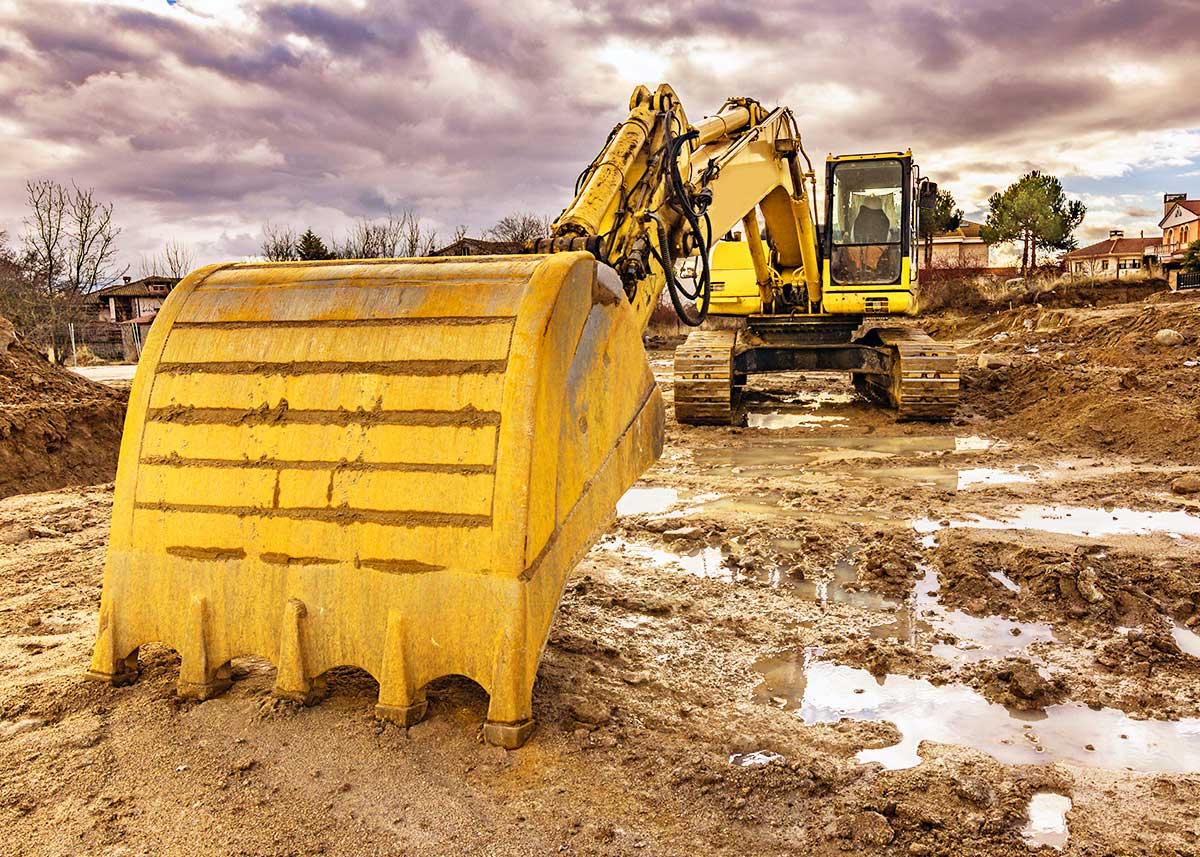

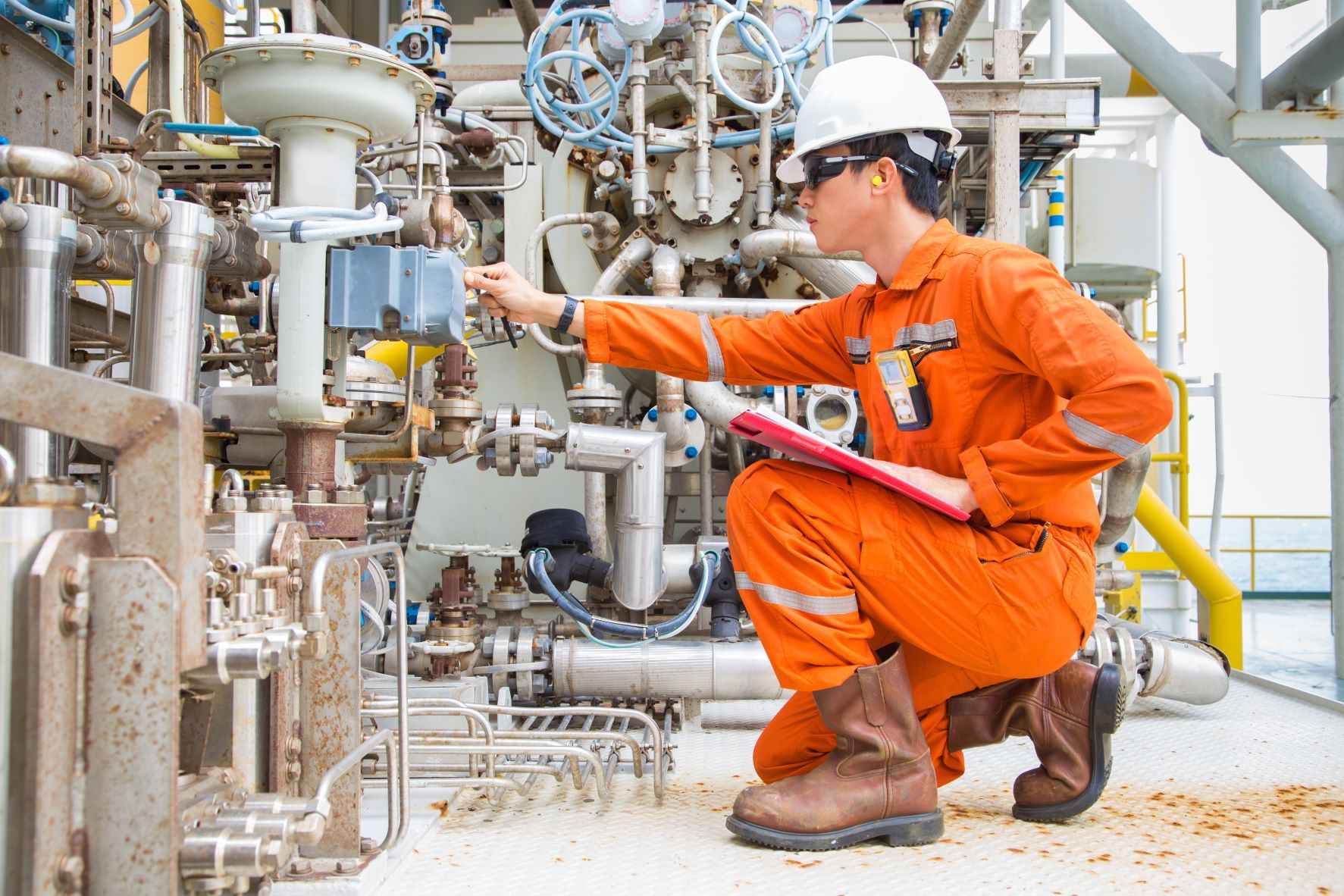

0 thoughts on “How To Subcontract Construction Work”